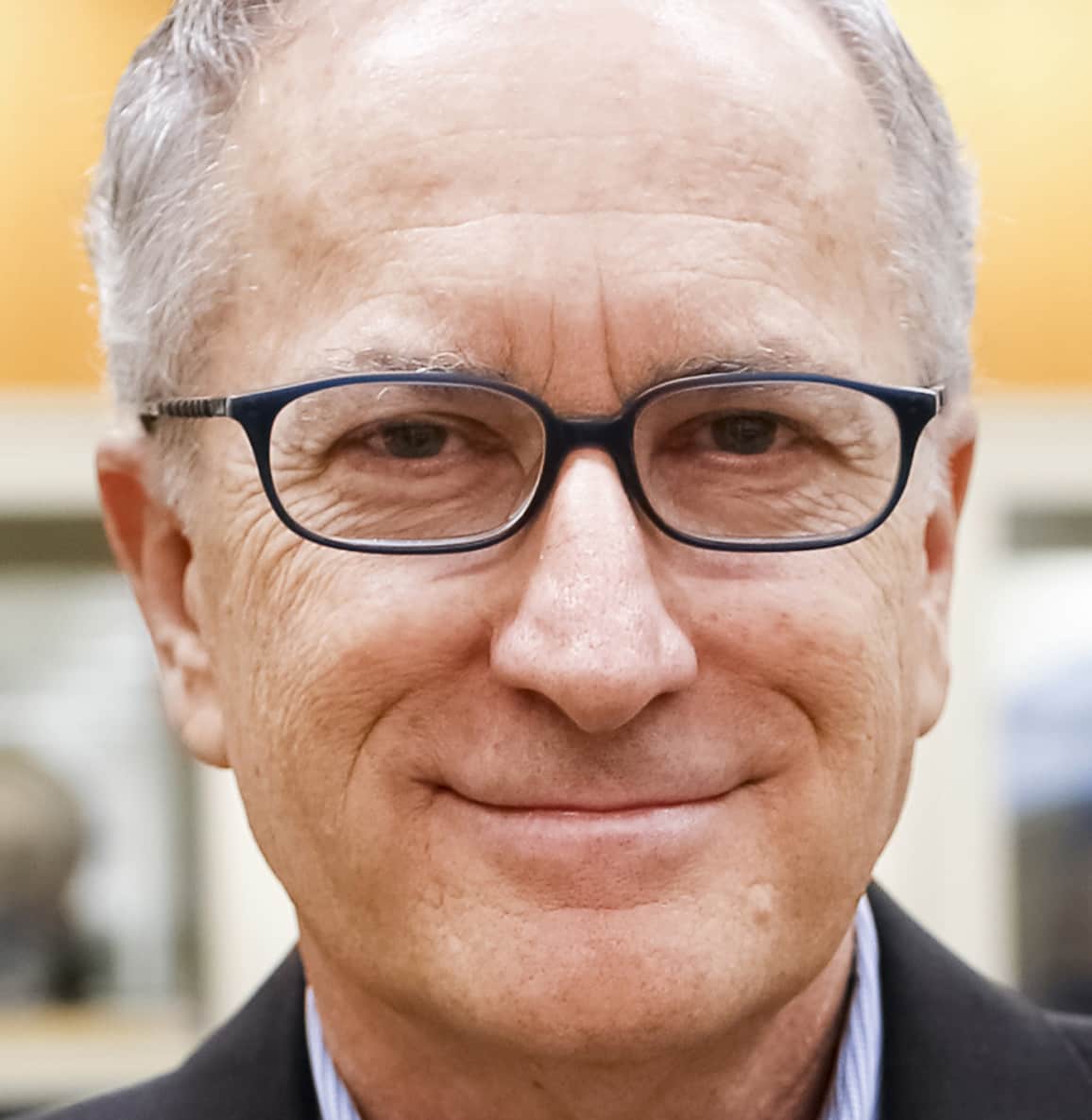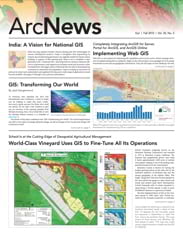The potential for GIS and GIScience to contribute to the formation of public policy has long been a reality, but it is now becoming more broadly understood and central to governmental policy making at all levels, as well as in society at large. A core theme of the upcoming Association of American Geographers (AAG) Annual Meeting will be “GIScience, GIS, and Public Policy,” which will explore the expanding role of GIScience and GIS in the public policy arena on crucial national issues, such as climate change, immigration, health, civil rights and racism, transportation, energy, electoral redistricting, natural resources, social justice, the environment, and many others.
The AAG annual meeting is one of the largest venues in the world for sharing and communicating the broad range of contributions by geographers, GIScientists, and GIS specialists to basic and applied knowledge and to problem solving. The 2014 AAG Annual Meeting, with more than 6,000 presentations on the latest scientific, technical, and policy research in geography and GIS, will be held April 8–12, 2014, in Tampa, Florida.
The theme of “GIScience, GIS, and Public Policy” also encompasses another dimension, that of federal and state policy making regarding GIS itself. At the AAG Tampa Bay meeting, several special sessions will focus on the work of two key national organizations that make policy for GIS: the Federal Geographic Data Committee (FGDC) and the National Geospatial Advisory Committee (NGAC). Both of these organizations are leading the development of a new Strategic Plan for the US National Spatial Data Infrastructure (NSDI). The US Census Bureau and other federal agencies, as well as private-sector organizations, will also discuss their latest policy and technical developments related to the generation and use of geographic information systems and data and how these interact with the NSDI. Parallel international policies and activities of the Global Spatial Data Infrastructure (GSDI) will also be discussed.
Key issues in planning for the future of the NSDI include the explosive generation and availability of real-time interactive GPS/GIS spatiotemporal data, GIS cyberinfrastructure, web-enabled GIS, geography education and work force development policies, GIS certification, standards development, interoperability, and many others. Current challenges in GIScience, such as locational privacy implications of the widespread availability of real-time geographic data, will be an area of special focus. Other sessions will address issues such as public access to governmental GIS data, federal procurement procedures for GIS and mapping services, and evolving legal frameworks of a spatially enabled society. We would also like to solicit your own ideas and suggestions for GIS and policy issues or topics you would like to see addressed at the meeting (please contact me at the e-mail below with your thoughts).
In addition to the 2014 theme of “GIScience, GIS, and Public Policy,” other cross-cutting themes for the Tampa conference include “Geographies of Climate Change,” “Racism and Violence in America: Fifty Years since the March on Washington,” and “Scale and Sustainability.” These featured themes are designed to provide structure to a large, exciting, and well-attended meeting. As always, the AAG Annual Meeting is an open venue, and we look forward to your attendance and contributions, either as a paper or poster presenter on topics that particularly engage you or as an attendee who can add to the discussions. More information for registering or submitting special sessions or panels is available at www.aag.org/annualmeeting.
Ten Years . . .
In closing, I would like to note that I have been writing this column, “Crossing Borders,” in ArcNews now for 10 consecutive years (without missing a column). It has been a great pleasure to engage in dialog with you and the global Esri community, and I would like to thank all of you for the opportunity to be part of and to help build the dynamic GIS industry we all value, with its extraordinary innovation and creativity and general good will. In future installments of “Crossing Borders,” I plan to open up the column and invite other leading geographers and GIScientists within the AAG to author or coauthor some of the columns. I hope you will like the new format, as well. Finally, I would like to personally thank Jack and Laura Dangermond and Esri staff, including ArcNewseditor Tom Miller, for sustaining an open and sharing GIS community that is a remarkable force in our world and for indulging my column for the past decade.
I look forward to seeing you in Tampa in April, where we can continue our discussion of key issues around the theme of “GIScience, GIS, and Public Policy” and much more.
Doug Richardson
drichardson@aag.org


